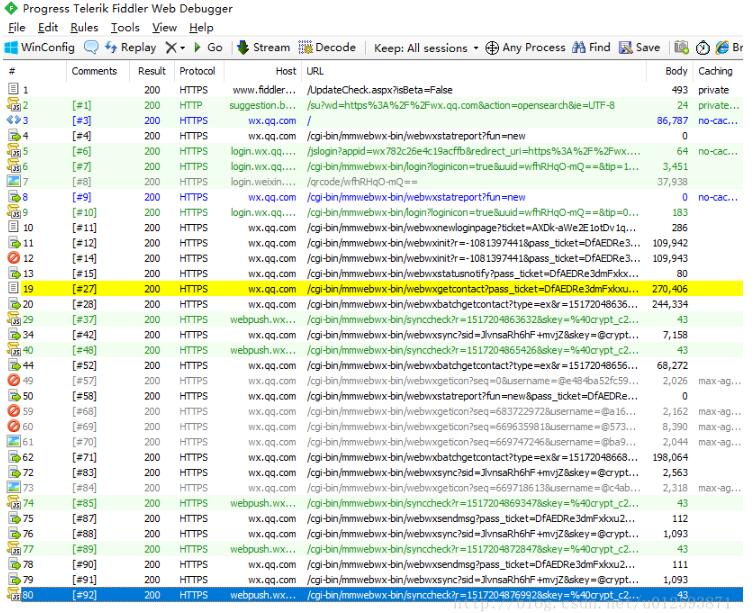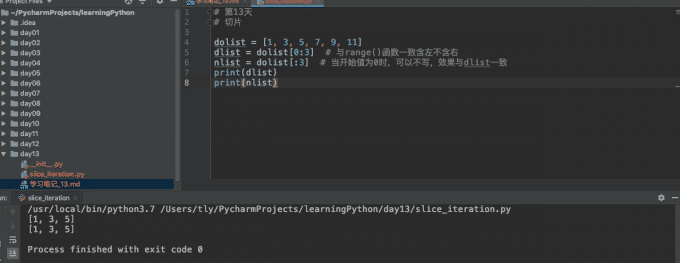Windows系统下使用flup搭建Nginx和Python环境的方法
首先确保你的电脑里已经安装了Python和Django,接下来我们还需要两个组件,nginx服务器和flup(Python的FastCGI组件)
nginx下载地址:http://nginx.org/en/download.html
flup下载地址:http://www.saddi.com/software/flup/dist/flup-1.0.2.tar.gz
与Linux下不同的是,nginx在windows下是以一个应用程序的方式运行,而不是以一个服务运行(难怪没人在windows服务器上用nginx)
把刚刚下载好的两个压缩包都解压到C:\nginx\, C:\flup\(目录可自己选择,这里只做个演示)然后用python setup.py install 命令
安装flup,接着就要配置nginx了,打开C:\nginx\conf\nginx.conf,我的配置文件如下,大家可根据需要自行修改:
#user nobody;
worker_processes 1;
#error_log logs/error.log;
#error_log logs/error.log notice;
#error_log logs/error.log info;
#pid logs/nginx.pid;
events {
worker_connections 1024;
}
http {
include mime.types;
default_type application/octet-stream;
#log_format main '$remote_addr - $remote_user [$time_local] "$request" '
# '$status $body_bytes_sent "$http_referer" '
# '"$http_user_agent" "$http_x_forwarded_for"';
#access_log logs/access.log main;
sendfile on;
#tcp_nopush on;
#keepalive_timeout 0;
keepalive_timeout 65;
#gzip on;
server {
listen 80;
server_name localhost;
#charset koi8-r;
#access_log logs/host.access.log main;
location / {
root html;
index index.html index.htm;
}
#error_page 404 /404.html;
# redirect server error pages to the static page /50x.html
#
error_page 500 502 503 504 /50x.html;
location = /50x.html {
root html;
}
# proxy the PHP scripts to Apache listening on 127.0.0.1:80
#
#location ~ \.php$ {
# proxy_pass http://127.0.0.1;
#}
# pass the PHP scripts to FastCGI server listening on 127.0.0.1:9000
#
#location ~ \.php$ {
# root html;
# fastcgi_pass 127.0.0.1:9000;
# fastcgi_index index.php;
# fastcgi_param SCRIPT_FILENAME /scripts$fastcgi_script_name;
# include fastcgi_params;
#}
# deny access to .htaccess files, if Apache's document root
# concurs with nginx's one
#
#location ~ /\.ht {
# deny all;
#}
# 静态资源
location ~* ^.+\.(html|jpg|jpeg|gif|png|ico|css|js)$
{
root e:/gin/gin/;
expires 30d;
break;
}
location ~ ^/static/ {
root e:/gin/gin/;
expires 30d;
break;
}
location ~ ^/ {
# 指定 fastcgi 的主机和端口
fastcgi_pass 127.0.0.1:8051;
fastcgi_param PATH_INFO $fastcgi_script_name;
fastcgi_param REQUEST_METHOD $request_method;
fastcgi_param QUERY_STRING $query_string;
fastcgi_param CONTENT_TYPE $content_type;
fastcgi_param CONTENT_LENGTH $content_length;
fastcgi_param SERVER_PROTOCOL $server_protocol;
fastcgi_param SERVER_PORT $server_port;
fastcgi_param SERVER_NAME $server_name;
fastcgi_pass_header Authorization;
fastcgi_intercept_errors off;
}
}
# another virtual host using mix of IP-, name-, and port-based configuration
#
#server {
# listen 8000;
# listen somename:8080;
# server_name somename alias another.alias;
# location / {
# root html;
# index index.html index.htm;
# }
#}
# HTTPS server
#
#server {
# listen 443;
# server_name localhost;
# ssl on;
# ssl_certificate cert.pem;
# ssl_certificate_key cert.key;
# ssl_session_timeout 5m;
# ssl_protocols SSLv2 SSLv3 TLSv1;
# ssl_ciphers HIGH:!aNULL:!MD5;
# ssl_prefer_server_ciphers on;
# location / {
# root html;
# index index.html index.htm;
# }
#}
}
需要注意的是,对于不需要url rewrite的目录,比如存放css和图片的目录,需要在配置文件里指明,否则将无法访问这些文件
location ~ ^/static/ {
root e:/gin/gin/;
expires 30d;
break;
}
最后一步就是运行nginx服务器,并且用FastCGI运行你的Django项目了
进入nginx的目录:
cd c:\nginx\ start nginx
然后在浏览器里访问http://loaclhost/ 就应该可以看到nginx的欢迎界面了。最后进入你的Django项目的根目录,然后用一下命令来运行服务器:
python manage.py runfcgi method=threaded host=127.0.0.1 port=8051
刷新localhost页面,你就能看到你的项目主页啦~~
补充一点windwos下nginx操作的命令(来自官方文档)
nginx -s stop quick exit nginx -s quit graceful quit nginx -s reload changing configuration, starting a new worker, quitting an old worker gracefully nginx -s reopen reopening log files
大功告成,开始django之旅,ohye!!!


